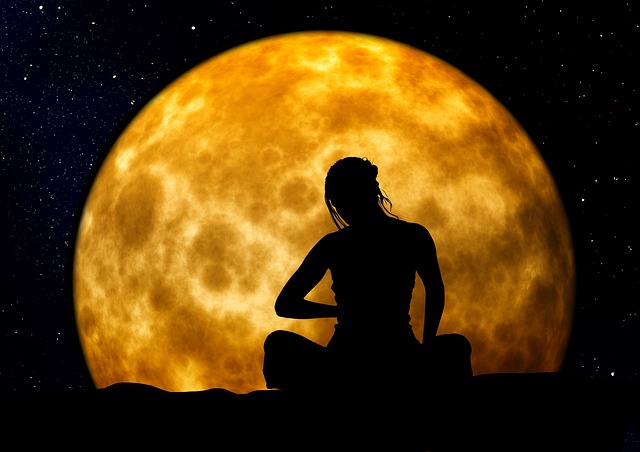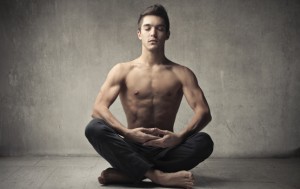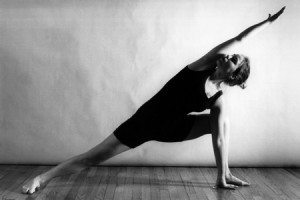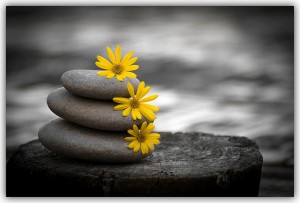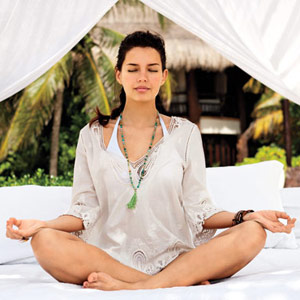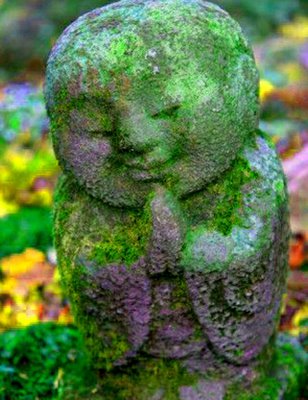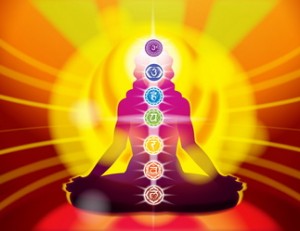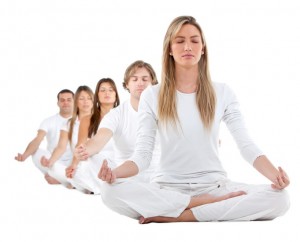Emergence of Meditation Techniques
The emergence of meditation has brought many changes in its practice as man pushes to achieve absolute mental efficiency. Meditation is a process of the inducement or training of the mind with the objective of achieving a certain mental benefit. Just like physical fitness that involves the training of the body for the purpose of 3ensuring an active and healthy body, meditation is a process that is essential for the growth and development of the body. Meditation is done through seating and most cases the use of the meditation stools. Meditation stools are essential in ensuring the right posture essential for a comfortable seating that can allow for an uninterrupted meditation for a long time. The stool is essential also for ensuring a straight back hence at the end of the meditation one could not feel the pain and physical challenges that come with the meditation process. Meditation is known to be important in many ways in the development of the mind and soul of a human being and the health. Conditionally, meditation is a medicine for various human ailments, especially depression and high blood pressure. Depression in the recent days has been a major ailment that been brought about stress from the day to day activities of human being, these ailment can cause high blood pressure and mental incapacitation. Therefore, meditation helps in reducing them pressure and symptoms of high blood pressure and even anxiety. High level of anxiety is a bad mental position of human beings, meditation helps reduce the position. Practicing of meditation started long time ago, over years techniques have been created to practice the activity to ensure that it is done in the right and positive manner. Below are some of the techniques that are used in meditation.
Techniques
As illustrated above, the use of meditation stools is common in the current society with a great number of meditator preferring the stool. But with even the use of the stool, there are a number of techniques that have been designed for the practice of meditation. There three actual techniques that are commonly used in the practice of meditation:
Transcendental Meditation
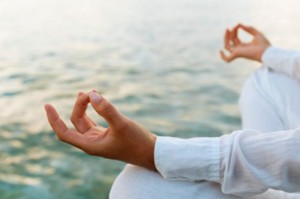 Perhaps among the available meditation techniques, the transcendental technique is the easiest and simplest form or technique of meditation. The technique for sometime has been disputed to be much less of the original meditation basics. The technique is simple process that does not involve any much effort and its natural procedure. Manually it’s done 20 minutes a day, done while one is seating down comfortably and with eyes closed. In most cases it has been defined has not to be classified as not a mode of religion or tradition. The technique is a major one that is used by many people and has been researched as one major technique that improves self-development. The process of the technique involves allowing the mind to settle inwards and then concentrate to experience the source of thought. It’s said that these can be achieved through pure awareness which later described as transcendental consciousness. Transcendental consciousness is achieved when one achieves the feeling of innermost self, a state of alertness and significant brain function. These effects present a body resting pint which therefore is the climax of the meditation. The technique is being by an approximate 5 million people all over the world. The method borrowed the ancient enlighten of the verdict tradition in India.
Perhaps among the available meditation techniques, the transcendental technique is the easiest and simplest form or technique of meditation. The technique for sometime has been disputed to be much less of the original meditation basics. The technique is simple process that does not involve any much effort and its natural procedure. Manually it’s done 20 minutes a day, done while one is seating down comfortably and with eyes closed. In most cases it has been defined has not to be classified as not a mode of religion or tradition. The technique is a major one that is used by many people and has been researched as one major technique that improves self-development. The process of the technique involves allowing the mind to settle inwards and then concentrate to experience the source of thought. It’s said that these can be achieved through pure awareness which later described as transcendental consciousness. Transcendental consciousness is achieved when one achieves the feeling of innermost self, a state of alertness and significant brain function. These effects present a body resting pint which therefore is the climax of the meditation. The technique is being by an approximate 5 million people all over the world. The method borrowed the ancient enlighten of the verdict tradition in India.
Concentration Meditation
Concentration meditation like the name suggests does not involve much activity but merely on the specific point of concentration in the meditation process. The technique focus on the concentration of one point of the body. The process involves various positions and activities of meditation including the watching the breath and staring at candle flame, repeating a word for countless times, listening to a particular noise and or sometimes reciting a rosary. The single activity will be done at a time; these will prove to be difficult for starters as one will only be able to perform it with a shorter time then improve for longer periods. The technique majors in refocusing on the awareness of the chosen object of attention every time a meditator feels that his mind is wondering. The technique also discourages the pursuit of random thoughts hence with the attention on one object you let them go hence improving overall concentration. This technique for sometime become central to any meditation processes, hence a common technique.
Mindfulness Meditation
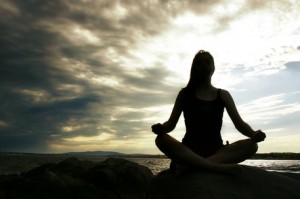 The method is interesting and simple as has the practitioner will observe the wandering thoughts as they move away from the mind. The objective of observing is not to get involv4ed in the mental process or in any case judge, but to identify each mental note as it comes out. Through the overall process of mindfulness, a meditator is able to see and identify thoughts or feelings as they move in particular patterns. Thereby, overtime of observing one is able to identify human tendency on emotions, feelings and thoughts thus identify pleasant and unpleasant parts. The more one practices the more one will reach the state of balance of feelings. Mindfulness can be practiced both with concentration, these combination is common in deriving a greater stillness than anything else.
The method is interesting and simple as has the practitioner will observe the wandering thoughts as they move away from the mind. The objective of observing is not to get involv4ed in the mental process or in any case judge, but to identify each mental note as it comes out. Through the overall process of mindfulness, a meditator is able to see and identify thoughts or feelings as they move in particular patterns. Thereby, overtime of observing one is able to identify human tendency on emotions, feelings and thoughts thus identify pleasant and unpleasant parts. The more one practices the more one will reach the state of balance of feelings. Mindfulness can be practiced both with concentration, these combination is common in deriving a greater stillness than anything else.
Other Meditation Techniques
Over time there are various other techniques. These other techniques borrow certain essentials from the above techniques or there are different at every level. An example is the daily meditation that is practiced by Buddhists that focuses in cultivation of compassion, a process that includes envisioning the negative occasions and then recasting for positive light through light transformation. Other meditations are the Chinese tai chi and chi Kung which are classified as walking meditation.
In conclusion, whatever the technique that is use, meditation requires the achieving of brain training and inducement of the consciousness. The concentration and mindfulness techniques define a strong meditation process and are more preferable for meditation believers. The transcendental meditation is also common for liberals who wish for a clear and simple mediation process. In the end, one needs to achieve an overall meditation position.
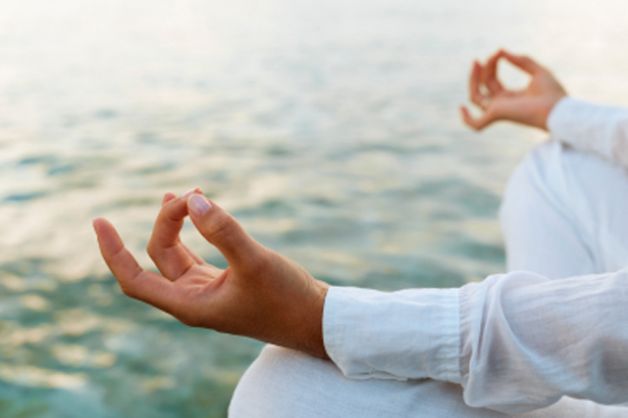
 In mindfulness meditation, the main intention is to achieve a mind that is stable and calm. It is also called shamatha meditation. Through mindfulness meditation, the individual is just evolving and reinforcing it, and finally that leads to stay peacefully in the brain without any disturbance or thought process. Usually, human brain keeps on thinking and it doesn’t have any end. To control such thought process, the best way is to do mindfulness meditation. Mindfulness meditation is a concept of meditation, inherited from the Buddhist tradition, and is increasingly being employed in psychology to alleviate a variety of mental and personal situation. The technical part of this study is under the subject of psychology.
In mindfulness meditation, the main intention is to achieve a mind that is stable and calm. It is also called shamatha meditation. Through mindfulness meditation, the individual is just evolving and reinforcing it, and finally that leads to stay peacefully in the brain without any disturbance or thought process. Usually, human brain keeps on thinking and it doesn’t have any end. To control such thought process, the best way is to do mindfulness meditation. Mindfulness meditation is a concept of meditation, inherited from the Buddhist tradition, and is increasingly being employed in psychology to alleviate a variety of mental and personal situation. The technical part of this study is under the subject of psychology.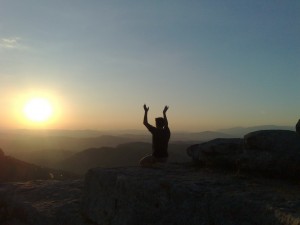
 Despite all its popularity, today very couple of us really understands what meditation is. Meditation is a technique in which the entire thoughts and memories are controlled in such a way that only consciousness and awareness are conscious. Some people consider meditation as a mental engrossment on certain thing where as some others address that we meditate when we envisage certain thing that gives us calm or satisfaction. All these procedures are being with one goal to slow down and, eventually, completely halt the incessant undertaking of our minds. Meditation may engage generating an emotional state for the reason of analyzing that state such as anger, abhorrence, etc. or cultivating specific mental response to diverse phenomena, such as compassion.
Despite all its popularity, today very couple of us really understands what meditation is. Meditation is a technique in which the entire thoughts and memories are controlled in such a way that only consciousness and awareness are conscious. Some people consider meditation as a mental engrossment on certain thing where as some others address that we meditate when we envisage certain thing that gives us calm or satisfaction. All these procedures are being with one goal to slow down and, eventually, completely halt the incessant undertaking of our minds. Meditation may engage generating an emotional state for the reason of analyzing that state such as anger, abhorrence, etc. or cultivating specific mental response to diverse phenomena, such as compassion.